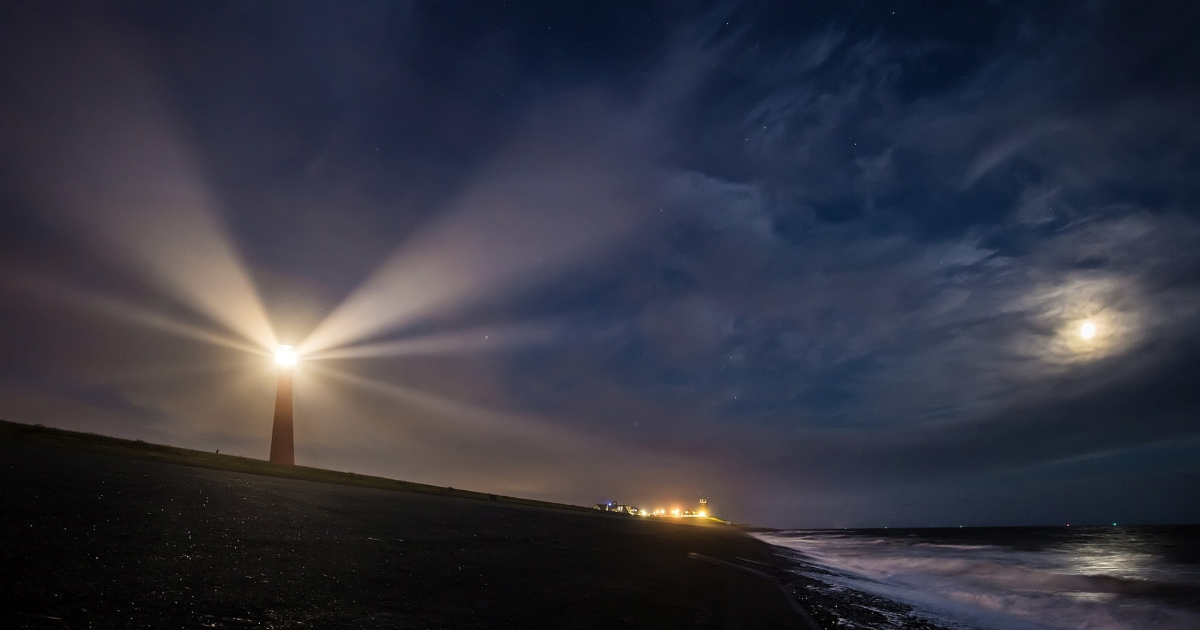Factoring in sustainability in times of an energy crisis

As a reaction to the uncertainty in energy supply in the current crisis, many European countries are reviewing or establishing their reaction plans to unplanned energy supply shortages. When planning for controlled supply cuts some decisive factors are size and location, whether consumption units are must-run ones for e.g. co-generation of heat and power for district heating, the degree of flexibility in industrial production, whether there are units providing support for grid stability, and if supply is for end-consumers. Existing European laws give guidance on the preferential treatment of households compared to industry, but do not do so for prioritising between different economic activities. Some European countries are already implementing forced curtailments for commercial reasons, as did industrial plants react to price hikes through reductions in production. The EU institutions are currently discussing joint reaction mechanisms for supply curtailments. The implementation of such plans, unfortunately, becomes more likely in the nearest future.
In addition to this, the European electricity supply of the future will be characterised by multiple quality levels. This will be a result of the necessity to move away from (end-)consumers’ consumption-based tariffs to tariffs determined through connection capacity or (multi-)peak-load levels, or tariffs with and without supply-interruption options for grid operators. These developments will lead to different supply qualities, a trend which will be accelerated by prosumers which will have a mere emergency supply connection, as well as grid operators’ requirements to curtail EV charging stations.
Together, the crisis reaction plans, as well as the prospective electricity supply qualities of the future, will provide a fantastic opportunity to support sustainable activities pursuant to the EU Taxonomy. In the cases of forced outages or rolling brownouts, it should be sustainable activities that are curtailed less (often), receiving more power and ranking higher when determining the value of lost load. As for tariffs and supply qualities, numerous approaches can be chosen to have a supportive effect, but the topic will need to be addressed in future reforms and should be based on EU Taxonomy-alignment. Last but not least, financial energy consumption support in the form of subsidies should also be steered to promote environmentally sustainable activities.
It is, however, important to stress that environmental sustainability cannot be the only dimension to determine the supply quality or curtailment treatment. The technical screening criteria of the EU Taxonomy do not take sufficiently into consideration the flexibility of consumption or production to react to load-frequency changes, or the commercial and operational resilience against power cuts. Such flexibilities shall be treated as enabling activities and supported by the EU Taxonomy as sustainable since they can positively contribute to the sustainability of the overall energy system.
Still, these two trends in electricity supply will have to reckon with the new way of defining what is sustainable and what is not. In doing so, they can promote positive discrimination through preferential treatment in future designs for supply quality and tariffs, as well as supply-shock reaction measures.




